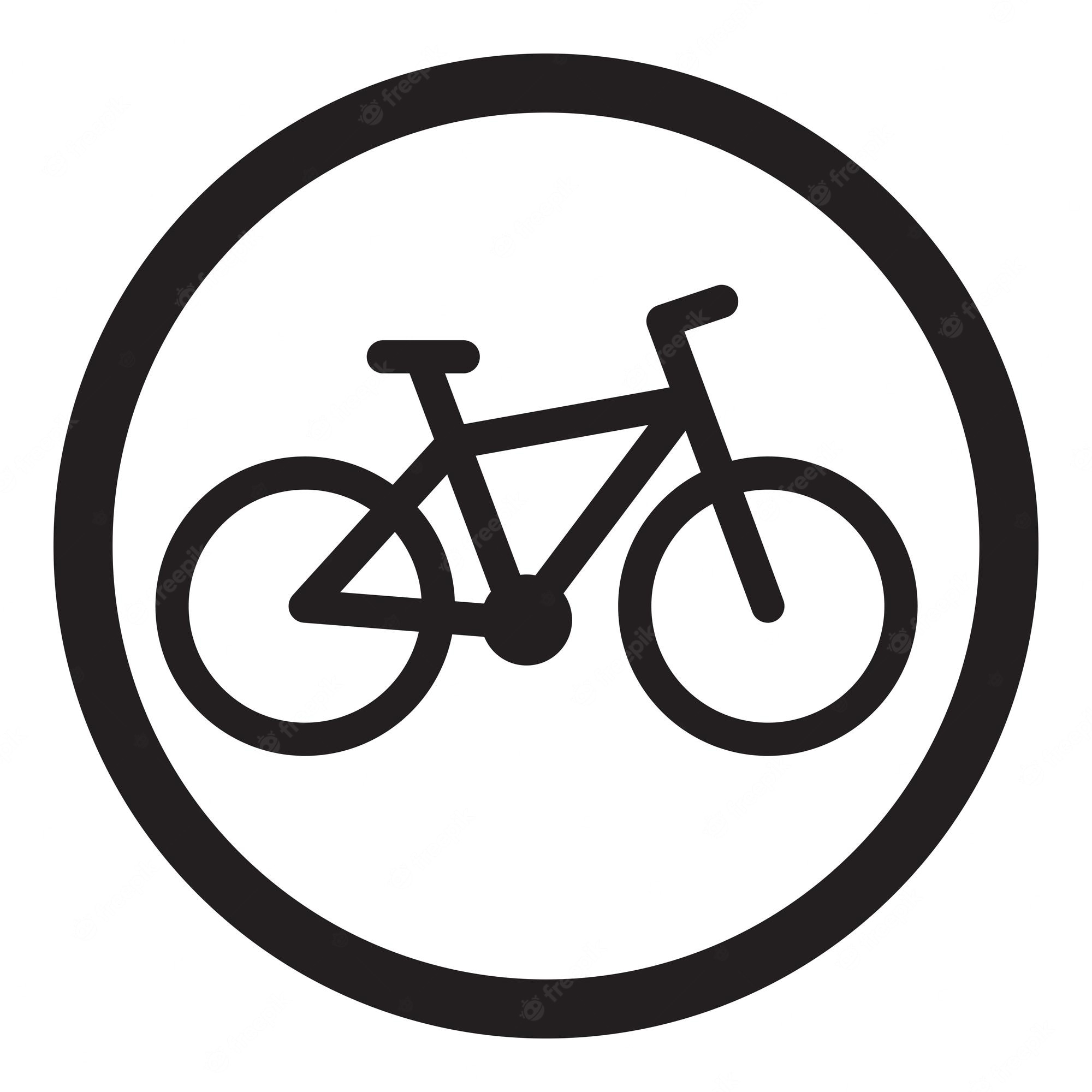Project Drawdown has characterized a set of 93 technologies and practices that together can reduce concentrations of greenhouse gases in the atmosphere. It’s a gigantic project with a lot of data and analyses.
In the linked video, the author goes through the measures to find which one is the most cost effective in terms of ratio of rCO2 reduction and economic cost
The maybe surprising result is that building bike infrastructure to shift a not even big percentage of travels from cars to bicycles or ebikes, is very cheap and has a huge effect on emissions.
The premise is that all solutions should be implemented to have a significant effect, but some are easier done than other.
Probably the one thing my country (The Netherlands) does right… what is interesting though is that the government is also really pro-car - so the public transport is slowly dying. Also, there’s a bunch of issues with fatbikes driving 60km/h on bicycle lanes, but the infrastructure as a whole is solid.
Don’t worry, nieuwbouw gebieden zijn enorm car centrisch en fietsen worden ook steeds meer verwaarloosd. En OV is overal buiten de randstad al zo goed als dood
Wat een vervelende catch 22 oplevert. Stad waar ik woon wilt een nieuwe wijk realiseren en die zoveel mogelijk autovrij maken. Maar er is niet genoeg werk om al die mensen binnen de stad aan het werk te brengen en OV is ruk (lees, binnen de stad kan je nergens komen met OV, verbindingen naar steden en dorpen eromheen zijn ook slecht). Dus, iedereen zeurt over hoe er meer ruimte moet zijn voor de auto of dat het OV significant moet verbeteren. Waarop de gemeente antwoord dat ze niet over het OV gaat, dat is aan de provincie.
Om gek van te worden…
Slowly? It’s already dead in most parts of the country, save for the bigger cities. For example, where I live, I can take a bus between 6am and 6pm, once an hour. Most people wouldn’t be able to get home using public transport. The city has no bus lines in the city itself that aren’t volunteer run.
Luckily the bike infrastructure is pretty good, otherwise it would’ve been a car dependent hell.
Sounds like fun for disabled people.
When I visited there, I was impressed with the bike lanes and I wished we had that in Canada everywhere.
Holy shit what fat bikes hit 60? I can get 45 tops if I override the assist limit and go downhill hard, and that’s scary as fuck.
In the US, it’s pretty easy to build one that can go that fast. Just get a bafang bbshd mid drive kit without the limiter and you can use the throttle to that speed if you want. Costs ~$1k and an afternoon to install (or get a local shop to do it).
It’s illegal in my area to ride that fast, but not illegal to own it. In my area, the law is no assist after 20mph (32kph). If you have a speedometer, you can have assist up to 28mph (45kph). I haven’t seen a retail ebike at the 28mph limit (since that varies region to region), so if you want to go faster than 20mph or want to climb mountains, you probably have an aftermarket one, so why not open it up all the way on the bike paths?
I’m planning on doing that soon, but I’ll either slow down around other path users or move into the road if I’m going faster than 20mph. Other cyclists aren’t as considerate in my area.
That said, I’ve gotten to 50mph-ish (80kph) on my regular bike going down a mountain (on a road). It was incredible stupid, and I’ve never gone above 30mph since, I just wanted to see how fast I could go, and I got scared when I almost overtook a car…
to build one
Anything custom/aftermarket/DIY is such a small portion of the market as to be functionally irrelevant in terms of policy considerations.
(In other words, anybody opposing expansion of bike infrastructure on the grounds of boogeymen riding at illegally-high speeds on custom e-bikes is arguing in bad faith.)
Agreed.
My point is that they exist and are relatively easy to get, not that they’re a problem. We should encourage such things because they get people who wouldn’t otherwise be interested in cycling to get interested. If it becomes a problem, we can push them into the street.
Are you sure it’s kilometres per hour, not miles?
I never rode a bike at 45 km/h but I reached 40 and that’s an ordinary town bike without engine
Yeah, I knew a guy who got 50 mph (more than 60 kph). Iirc it was one of those Bafang middrive kits off eBay which he flashed with custom firmware.
Not sure what happened to him, might have touched a pothole.
When I visited last year, Amsterdam seemed like a paradise - as long as you were on a bike. I would rank the methods of transport, from best to worst, biking, walking, bus, train, … driving.
Interesting. Unlike most measures, bike lanes are also a positive on their own, climate change or not. I assume this analysis doesn’t include negative-cost solutions like carbon pricing.
I would love to have bike lanes everywhere. Even if it takes me 45 min to ride to work I’d do it. It’s a plus for not only the environment, but my health. Win win.
I did a ~11 mile (17km) commute for a couple years even in our nasty winters (I live in the US Rockies). I had a bike path the whole way with only 3 intersections (one protected by a light).
My current job is just too far away (25 miles; ~40km) and transit would take ~2 hours. If I could get it to an hour, I’d take transit + bike. Right now, the fastest route is ~10 miles cycling (3 to the station, 7 to work) and would take a bit more than an hour, and the station to work trip is a little sketchy. It’s also way more expensive than driving (~$5 each way for the train, $3-4 total for gas), which takes only 30 min, so I’d spend twice the money and twice the time to get to work by transit+bike.
According to the video, bike infra, on its own, looking only up to 2050, is already economically positive (the return is higher than upfront building construction), because of the money saved on car infra that needs lots of mainteinance.
If you include social and health benefits it becomes even much better.
I guess that carbon princing is already considered as a separate climate crisis solution in the project drawdown set.
Well, my city has been building bike infrastructure as part of their climate action plan, but if you’re looking for guidelines on how not to implement it, look no further.
They boast about how they put in a cycle track here or a trail there, but nothing connects to anything else. There are bridges and underpasses with no shoulder you must cross to get downtown from the suburbs. There’s a recreation complex with a pool, soccer field, track, and hockey rink with an extensive trail network starting behind it, but no way to reach it without travelling on 70 kph (45 mph) stroads with no bike lanes. So soccer moms are coming and going all the time in SUVs dropping their kids off to get exercise.
They’re probably building bike lanes in all the cheapest/easiest places first, to get the maximum number of miles built per dollar in order to brag about it at election time. The trouble is that without consideration of connecting them contiguously all the way from origins to destinations, ridership is low and they look like a failure even though the real problem is just that they’re incomplete. Then that gives the opposition an excuse to kill the future phases that would’ve made them useful, and the opposition’s criticism becomes a self-fulfilling prophecy.
It’s the difference between trying to check a box and trying to genuinely solve a problem.
Removed by mod
or try to cozy in between the cars and the wall
Always, always take the lane in that situation. In general, take the lane early and take it often.
Oh I try and there is signage for it too, but people will go beside then push you towards the wall even when they could just pass on the wrong side as some also do. Not every time but close enough to that it feels like it is. I just take an entirely different route. It’s too easy to get a driver’s license and at this point cars need to be entirely separated but that’s just as hard of a fix.
but people will go beside then push you towards the wall
If they can do that without driving way into the next lane over, you’re still not far enough left. Ride a foot to the right of the double-yellow line if you have to!
That works somewhat enough of the time when there are two lanes, but I meant they go anywhere from halfway to entirely into the oncoming lane. In other streets I just avoid now I have had people split the lane the other way and pass me on the right as well. I’m hoping the trail from my new place after I move will be viable as I’ll only have 2 blocks of street that way but I’m worried it will be closed during the winter.
Wow, those are some incorrigible motherfuckers. In that case, get front and rear-facing helmet cams and call the police (and elected officials) about it so often that you become a nuisance.
deleted by creator
Bike infrastructure is good but I find it hard to believe anything is more cost effective than family planning and education (https://drawdown.org/solutions/family-planning-and-education)





